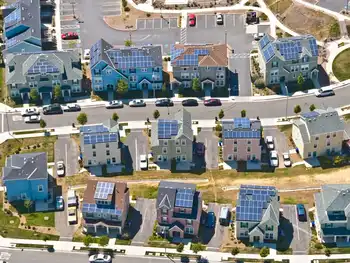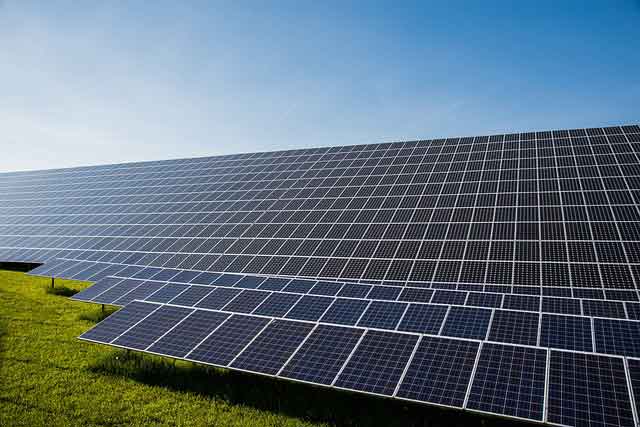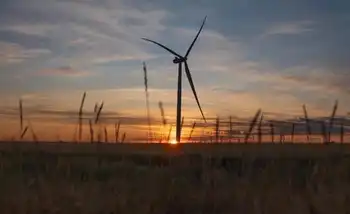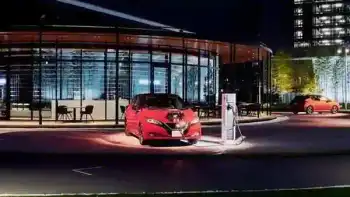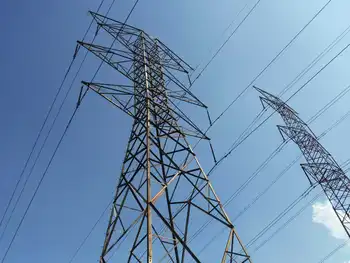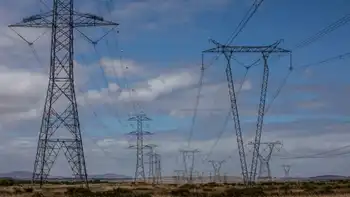Wind power blocked by “glass ceiling”
By Argus Leader
Substation Relay Protection Training
Our customized live online or in‑person group training can be delivered to your staff at your location.

- Live Online
- 12 hours Instructor-led
- Group Training Available
But an aging and balkanized transmission system is thwarting efforts to tap into the wind potential of the Great Plains. The top five states for that potential - North Dakota, Texas, Kansas, South Dakota and Montana - each have the capacity to produce more than 1 trillion kilowatt hours of energy but actually produce only a tiny fraction of that.
Experts agree that the tens of thousands of miles of wires that move electricity from power plants to private homes and pubic buildings are unreliable. Adding renewable energy to the load probably would be too much for the system to handle.
Already, more than 300,000 megawatts of wind projects are on hold because of insufficient transmission capacity, according to the American Wind Energy Association. That amount would provide 20 percent of the nation's electricity needs.
"It's a huge problem for future development," said Steve Wegman, executive director of the South Dakota Wind Energy Association. "It's like sitting on 1 million bushels of corn and having no way to move it out of there other than a five-gallon bucket."
Despite its huge potential, South Dakota currently generates only about 237 megawatts of wind energy, Wegman said.
The state's transmission system hasn't seen a major upgrade since the 1970s when several hydropower projects were built. And South Dakota isn't alone.
"Transmission is really the glass ceiling for renewable energy development right now," said Beth Soholt, director of Wind on the Wires, a coalition of wind energy advocates based in St. Paul.
All three of South Dakota's federal lawmakers have backed tax credits for wind producers, partly because of the potential economic benefits to a rural state looking for clean, viable industries.
Democratic Sen. Tim Johnson joined his colleagues on the Energy and Natural Resources Committee on Wednesday in voting for a bill to speed construction of an "electric grid backbone" through quicker approval of transmission lines from state to state.
Republican Sen. John Thune also has called for streamlining of wind projects and transmission projects that have stalled because of environmental concerns, notably regarding protection of whooping crane habitats.
Renewable energy is seen as critical in reducing the carbon dioxide emissions that many scientists say add to global warming.
President Obama wants to require that 25 percent of U.S. electricity comes from renewable energy sources by 2025. Already, 28 states require some level of commitment to renewable energy, and five have set specific goals for how much power must come from such sources.
Federal energy officials want 20 percent of the nation's energy to come from wind by 2030. That would eliminate 825 million metric tons of carbon emissions a year, create 500,000 new jobs and boost the economy by about $450 billion. A House bill aimed at reducing global warming calls for a similar target.
Rep. Stephanie Herseth Sandlin, D-South Dakota, backs the goal and voted for an economic stimulus bill this year that includes billions of dollars to modernize the electric grid. But she has concerns about the House bill partly because she thinks the renewable electricity standard in the legislation defines "biomass" too narrowly. Several House committees are reviewing the bill, and its prospects for overall passage remain murky.
AWEA has called for investing billions to build "green power superhighways" consisting of high-voltage lines to integrate wind and reduce congestion.
But the plan faces two major obstacles. One is deciding where to put the new interstate lines and power stations. The other is deciding who will pay for the overhaul. Both concerns involve states' rights issues.
"You need to have the states involved, but if you don't ultimately have some sort of backstop, some federal authority and federal rules, you're going to get a really inconsistent and probably inefficient list of plans," said Nathanael Greene, head of renewable energy policy at the Natural Resources Defense Council.
That's why some advocates of rebuilding the grid support a Senate bill that would give the Federal Energy Regulatory Commission final say over where new lines should be built and how to split the cost.
One option would mimic the highway trust fund, in which federal gasoline taxes are divvied out to the states to pay for repairing and building roads and bridges.
"The system was designed for everybody's common benefit," said Joseph Welch, chief executive officer of ITC Holdings, an independent transmission company. "All of us have paid, and all of us have benefited."
Welch's company has started a $10 billion to $12 billion effort to build 3,000 miles of high-voltage transmission lines to serve parts of Illinois, Indiana, Iowa, Minnesota, the Dakotas and Wisconsin. The lines would help move 12,000 megawatts of wind power.
Obama has designated $11 billion in economic recovery funds for a "bigger, better and smarter grid that will move renewable energy from the rural places it is produced to the cities where it is mostly used."
Even without new high-power transmission lines, digitizing the grid would go a long way toward increasing reliability and efficiency, exerts agree. They recall the 2003 blackout in the Northeast and Canada that led to $7 billion to $10 billion in economic losses.
"Electricity is about where telecommunications was 30 years ago," said Kurt Yeager, director of the Galvin Electricity Initiative. "It's like operating a highway with only one car a mile, instead of having a stream of cars. With smart technology, we can at least double that capacity."





